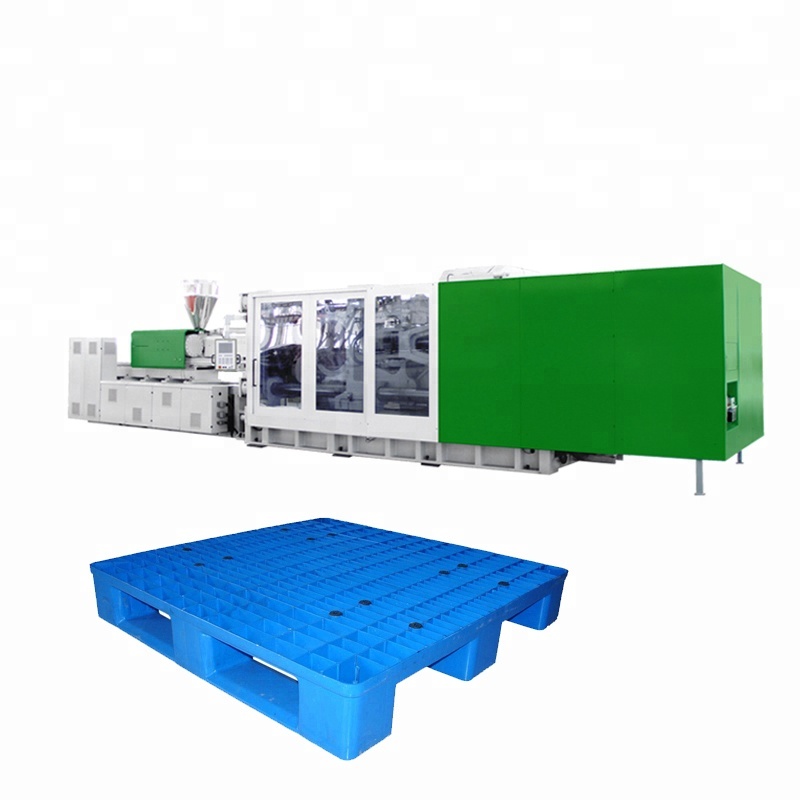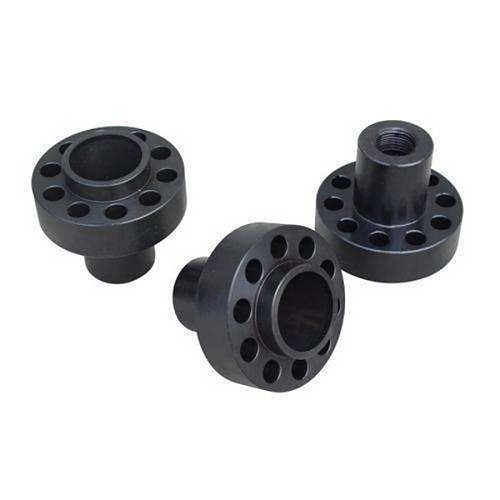Types of hdpe Injection Molding plastic and Decoding of Marking
Which Kind of Plastic we can Recycle?
Hdpe injection molding requires a professional approach and knowledge. If something goes wrong, it will lead to a huge waste of money, time and materials.
Despite the fact that most manufacturers guarantee the best product quality and take into account possible damage in advance, we will highlight a few issues. These are important when checking a product prototype.
Important Guidelines for hdpe injection molding
Flow lines
The thinnest grooves on the surface of the molded product, similar to the grooves that flowing water leaves behind. The thinnest stripes that differ in color compared to other parts may also appear. Basically, we can solve this problem by increasing the temperature and pressure inside the mold.

Deformation
Generally, product doesn’t come in proper shape. Therefore, we call this phenomenon “uneven stress”. So, it is important to be expert in hdpe injection molding skills.
Once released from the mold, the plastic deforms to relieve some of the stress. There are several ways to prevent deformation. It includes longer cooling times, increasing wall thickness, and using plastics. There are other things that can also impact its shape too.
Sinks: hdpe injection molding
Shells are small bumps in a product that should not be present, but can occur in the thickest parts of a plastic product. The presence of bulges creates a negative impression of the quality of the product.
Basically, longer and thick plastic parts require more time to adjust. For this, manufacturers require greater focus and attention to solve this issue. Only professional plastic mold manufacturers can guarantee the best product..
Plastic molding methods
Injection molding technology
It is one of the widely used hdpe injection molding technology. Plastic fabricators use it in a number of products.
Injection molding is the ideal way to process plastics to produce cost-effective 3D plastic products of varying complexity and in large quantities.
A heating chamber is used to heat up the plastic mold. Later, we can develop design. For this purpose, we can use 3d printers too. These printers come at various prices. But you can use according to your budget. There the molten mass solidifies, forming finished products upon cooling. Parts are manufactured with a high degree of precision and require minimal machining.
Typical examples of injection molded products are electronic housings, automotive parts, household plastic products, toy parts, medical device housings, and more.
Hdpe injection molding Extrusion
Extrusion is a process in which a finished product is made by forcing a melt of material through a forming hole in an extruder. Best suited for this molding method are PE, PP, PVC, polyamides, TPU.
By means of hdpe injection molding calibration, we can get any desired length of the product. Similarly, extrusion also allows the production of multilayer products with special barrier properties. Typical examples of extrusion are food packaging, foils, pipes and lines.
Blow molding
Blow molding is common to make hollow and bulky thermoplastic parts, where a tube (also called a sleeve or stocking) is formed using an extruder, which then enters the mold, where the product molds by creating an increased air pressure.
Two methods of blow molding differ depending on the selected method of obtaining the preform: extrusion blow molding and injection blow molding.
Due to its high productivity and a high level of automation, blow molding is currently the main method for molding hollow products and allows you to get products with a volume of several milliliters to several hundred liters.

Plastic marking depending on the type
Plastic has long and firmly entered the life of modern people. Most food products get packaged in such containers. Isn’t it harmful? To answer this question, you should familiarize yourself with the hdpe injection molding.
What is it for?
Labeling is necessary so that, for example, when purchasing the next portion of salad in a transparent container, you do not have to fear for an additional “bonus” in the form of a dose of toxins. In addition, plastic is different from plastic – it differs in the degree of danger, besides, waste proceedsin different ways. Information on these indicators can also be obtained from the label.
Types of hdpe plastic and decoding of marking
Next, we will talk about the types of plastics and how each of them is designated.
PETE – polyethylene terephthalate
Plastic marked PETEA significant drawback of containers made of such plastic is its relatively low barrier properties.
The most popular thermoplastic used to make bottles for drinks and vegetable oil.
It is recyclable and is not hazardous unless the plastic bottles are washed with hot water.
2HDPE (High Density Polyethylene)
Plastic marked 2HDPEPlastic is common for the manufacture of semi-rigid containers.
This is dense polyethylene, from which bottles are made for mixtures of moderate aggressiveness, for example, detergents and bleaching compounds, as well as bags. It is recycled and considered harmless to humans.
3PVC / V
Plastic marked 3PVC, this type of plastic releases toxins that are very harmful to human health.
PVC plastic is common in the production of cling film and bottles. It poses a danger to humans and the surrounding nature. Yes, cling film is toxic. Better when she does not touch the product directly. Plastic marked 3PVC is considered the least recyclable material.
4LDPE
Plastic marked 4LDPEPlastic marked 4LDPEThe fairly widespread use of such plastic is due to its cheapness as compared to hdpe injection molding.
5PP (Polypropylene)
The main advantage of this type of plastic is that it does not melt when heated.
The polypropylene material from which yoghurt glasses, cocktail tubes and bowls and bottles for babies are made. Such plastic is considered safe.
7 PC (polycarbonate)
Dishes made of such plastic are heated in a microwave oven.
It is common to make beverage bottles, CDs, dishes and a protective layer that covers the inside of the cans. Such material is dangerous because it is able to release BPA. Moreover, it affects the human body like the hormone estrogen.
The result of such an impact can be tumor processes, including malignant ones, as well as genetic mutations in offspring.
What type of plastic is dangerous for humans and nature?
The most dangerous in terms of impact on health and the environment include the following types of plastic:
Generally, the rest are safe. That is, following the rules for the use of dishes and other plastic products, you cannot worry about your health. In addition, PETE, HDPE, 4LDPE, 5PP and hdpe injection molding products are recyclable, so they do not pollute the environment.



